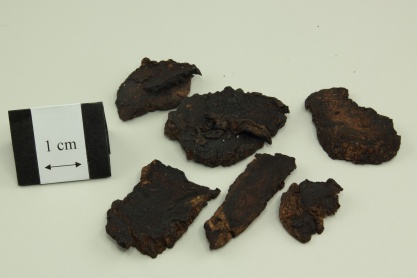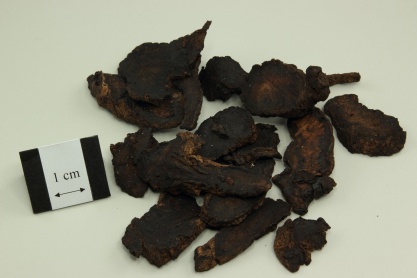- ENG
- Rehmannia Root
- LATIN
- Rehmanniae Radix
| Medicinal Group | Heat-clearing and blood-cooling medicinal |
|---|---|
| Source | Dried root tuber of Rehmannia glutinosa Libosch. (Fam. Scrophulariaceae) |
| Nature and Flavors | sweet; cold |
| Meridian Affinity | Liver, Heart, Kidney |
| Actions | To cool the blood, nourish yin and engender fluid |
Family
Part used
Indications
Febrile diseases with deep red tongue and thirst; deficiency of yin with internal heat; consumptive fever; wasting-thirst caused by internal heat; spitting of blood, epistaxis; skin eruptions and maculation
Research Findings
- Runmushu Oral Liquid (consisted of crude rehmannia root) with artificial-tears can alleviate the eye symptoms, promote the secretion of tears in treating postmenopausal women xerophthalmia. [1]
- Integrative Chinese (consisted of rehmannia) and western medicine could treat crescentic nephritis to obtain good effect, and reduce the quantity of glucocorticoid necessity for treatment.[2]
- Shufeng Liangxue Decoction (consisted of rehmannia root) is effective and safe in treating hormone dependence dermatitis. [3]
- Ziyin Tongbi Decoction (consisted rehmannia root) is effective and safe for the treatment of benign prostatic hyperplasia. [4]
- Using a drug pair of Radix Astragali and Rehmanniae Radix combined with glucocorticoid in treating lupus nephritis could withdraw the dosage of glucocorticoid and relieve symptoms it induced.[5]
Cautions
Cold and impeding nature. It must not be used to treat patients to whom the spleen is insufficient, producing abdominal distention and loose feces, and movement. Dampness has impeded qi
Report on adverse effect
Pro-oxidative effects on G6PD-deficient erythrocytes in vitro [6]
Diarrhoea, abdominal pain, oedema, fatigue, vertigo and heart palpitations have been reported. However, these adverse effects were transient [7, 8] and disappeared within several days
Reference
Reference
- Wei D, Li YH, Zhou WY. (2009). Observation on therapeutic effect of runmushu oral liquid in treating xerophthalmia in postmenopausal women. Zhongguo Zhong Xi Yi Jie He Za Zhi. , 29(7):646-9.
- Deng YY, Chen YP, Wang L, Hu Z, Jin Y, Shen L, Zhu R, Zhong Y. ( 2004). Clinical study on treatment of mid-advanced crescentic nephritis by qingre huoxue recipe. Zhongguo Zhong Xi Yi Jie He Za Zhi. , 24(12):1084-6.
- Bai YS, Zhou CY, Wang JQ. (2008). Clinical observation on auxiliary treatment of hormone dependence dermatitis by shufeng liangxue decoction. Zhongguo Zhong Xi Yi Jie He Za Zhi. , 28(12):1121-3.
- Guo J1, Song CS, Han Q. (2008). Clinical observation on ziyin tongbi decoction in treating benign prostatic hyperplasia. Zhongguo Zhong Xi Yi Jie He Za Zhi. , 28(12):1082-5.
- Li M, Ma JJ, Zhao XL, Zhu Y. (2014). Treating lupus nephritis by a drug pair of radix astragali and rehmanniae radix combined with glucocorticoid: a preliminary clinical study. Zhongguo Zhong Xi Yi Jie He Za Zhi. , 34(8):956-9.
- Ko CH, Li K, Ng PC, Fung KP, Wong R, Chui KM, Gu G, Yung E, Fok TF (2008) Pro- oxidative effects of Chinese herbal medicine on G6PD- deficient erythrocytes in vitro. TOXICOLOGY IN VITRO, 22, 5, 1222-1227.
- Chang HM, But PPH, eds. Pharmacology and applications of Chinese materia medica. Vol. I. Singapore, World Scientifi c, 1986.
- Wang YS. Pharmacology and applications of Chinese materia medica. Beijing, People’s Health Publisher, 1983.












